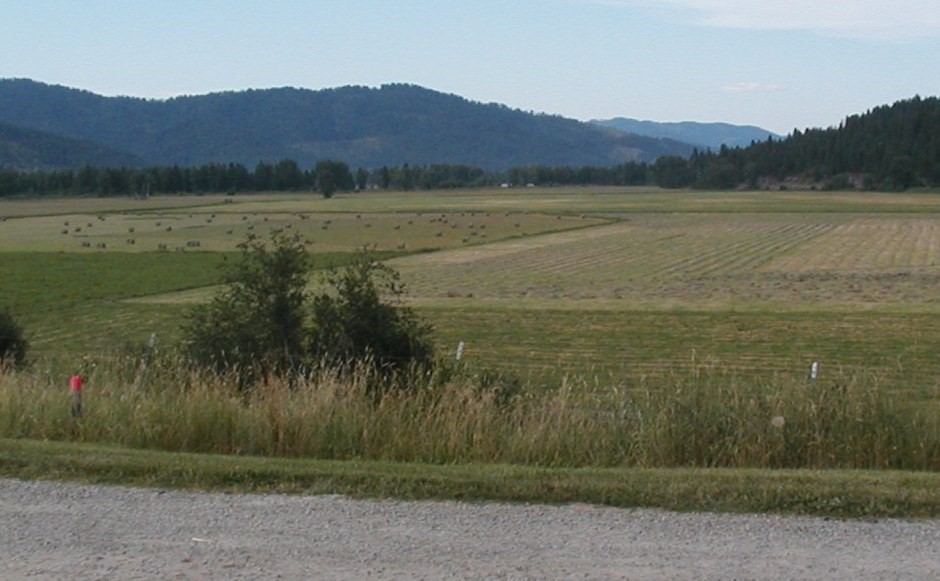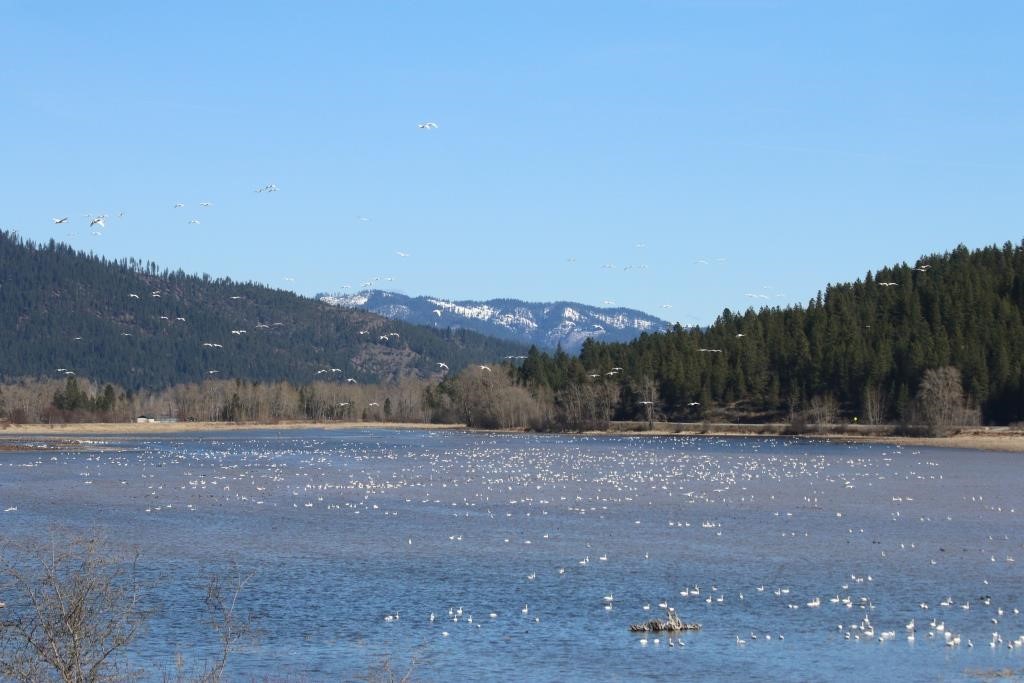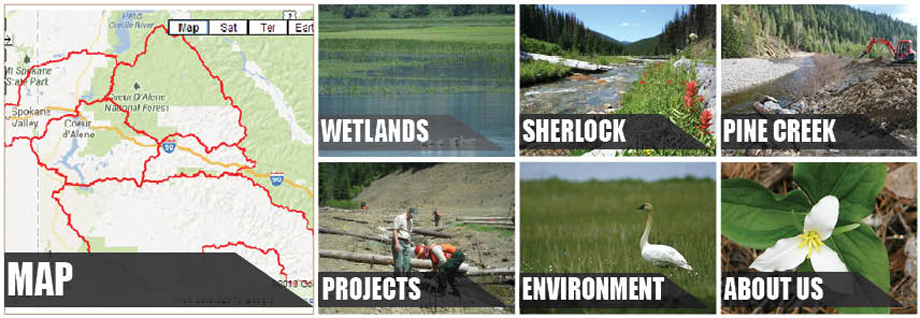Schlepp Wetlands Restoration


Status: Completed Restoration/Ongoing O&M
Location:
The Schlepp Wetlands restoration site is located in the Coeur d’Alene River corridor. It is nearly 400 acres of privately-owned farmland that has been remediated by the Environmental Protection Agency (EPA) and then transformed into wetlands. It is contained on one side by Idaho Highway 3 and on the other side by the Trail of the Coeur d’Alene’s.
Background:
About 95% of the Coeur d’Alene River corridor’s wetlands habitat contains lead concentrations that are toxic to tundra swans and other waterfowl from decades of mine waste releases and metals contamination. As a result, thousands of birds have died. This site was originally a wetland in the Coeur d’Alene River floodplain that was converted into farmland in the early 1900s. However, repeated flooding caused this property to be highly contaminated with lead and other metals. The trustees partnered with the EPA and private landowner to cleanup contamination on the site and create high-quality wetlands habitats safe for waterfowl. The trustees funded the project as part of the 2007 Interim Restoration Plan.
Plans:
Native trees and shrubs will be planted along the river and on the floodplain to enhance the riparian zone. Fencing and plant protectors will prevent wildlife and livestock browse on the new plantings until the plants become established.
Restoration Completed:
This restoration project complemented EPA cleanup of the site. A conservation easement was established. Highly-contaminated soils and sediments were capped or removed. Once lead concentrations in soil were low enough to protect waterfowl, water management and invasive species control began, followed by establishment of native plant species. The overall goal was to provide safe waterfowl feeding habitat. Islands for waterfowl loafing and cover were constructed. The trustees, working with partners, continue to enhance habitat on the project by managing water levels, encouraging more native vegetation, and preserving the integrity of levees. Bird use and habitat changes are monitored every year to measure success and learn how to improve restoration techniques.
Benefits:
Waterfowl diversity and abundance is among the highest in the Lower Basin during spring migration because of the remediation and restoration on the site.
Contact:
Elise Brown
US Fish & Wildlife Service
Idaho Fish and Wildlife Office
3232 W. Nursery Road
Coeur d'Alene, ID 83815
elise_brown@fws.gov
Sponsor:
Partners:
